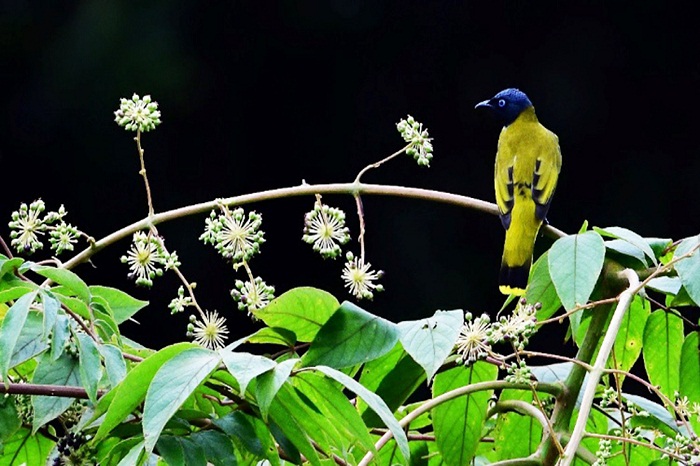
Top 11 World Biosphere Reserves in Vietnam
- on Sep 22, 2023 By: Ngoc Nguyen
With the recognition of two more UNESCO biosphere reserves, Vietnam ranks 2nd in Southeast Asia in number (11 reserves), after Indonesia (19).
Can Gio Mangrove Biosphere Reserve (2000)
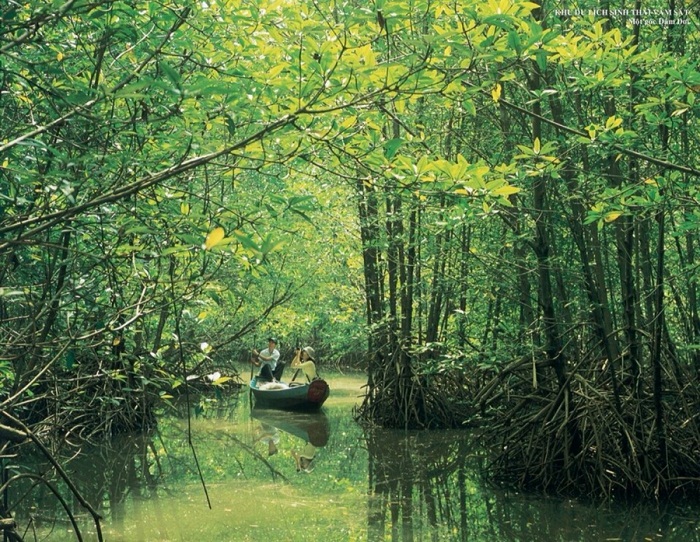
The Can Gio Biosphere Reserve is a collection of terrestrial and aquatic flora and fauna, formed in the large delta of the estuaries of Dong Nai, Sai Gon, Vam Co Dong and Vam Co Tay...
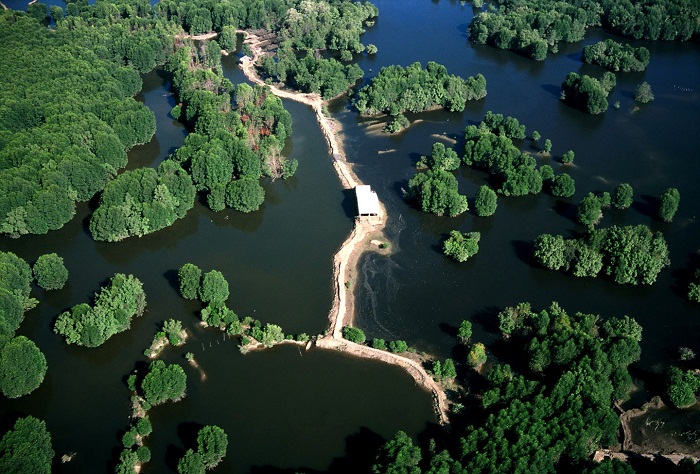
In the early 2000s, this place was recognized by UNESCO as the first world biosphere reserve in Vietnam with diverse flora and fauna, typical of mangroves. Today, this place is rated as a national key tourist area. Visitors can participate in many interesting activities such as exploring the Bat Lagoon, boating on the river, watching wild monkeys, visiting the bird sanctuary or climbing the Tang Bong Tower 28m high to contemplate the panorama of the Can Gio mangrove forest.
Biosphere Reserve - Cat Tien National Park
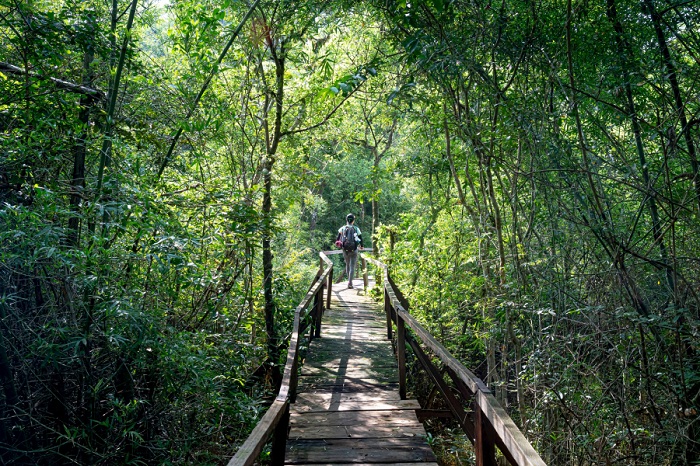
Cat Tien National Park is a nature reserve located in three provinces of Dong Nai, Lam Dong and Binh Phuoc, 150 km north of Ho Chi Minh City. The park includes a tropical rainforest with a total area of 71,000 hectares. The forest is home to around 1,700 species of plants and 1,568 species of animals, among which there are many rare species such as the freshwater crocodile, peacock, pheasant...
The archaeological remains discovered in the reserve also show the existence of an ancient culture. Historically, the Cat Tien region and its surroundings were inhabited by ethnic minorities still retaining many cultures, beliefs, festivals as well as traditional customs, practices and crafts. In 2001, the national park was recognized by UNESCO as a World Biosphere Reserve and designated a Special National Monument by the government in 2012.
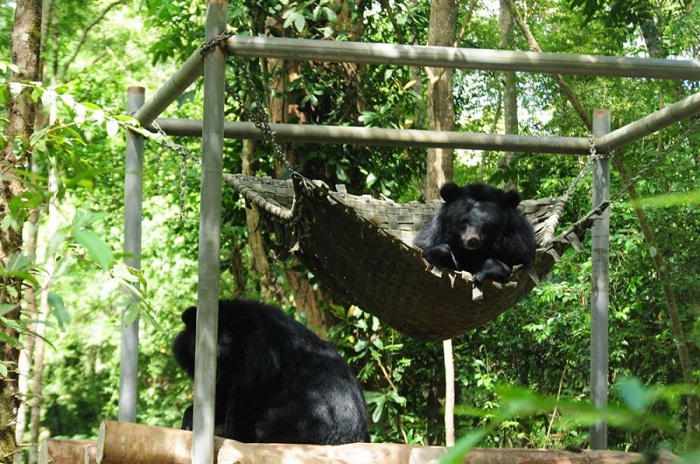
Cat Tien Park is today a favourite destination for many nature lovers. Unique experiences not to be missed: hiking in the forest, boating to "visit" the crocodiles on Bau Sau Lake and bears in the rescue station on Tien Island, exploring the life of nocturnal wildlife and the discovery of the culture of ethnic minorities...
Cat Ba Biosphere Reserve (2004)
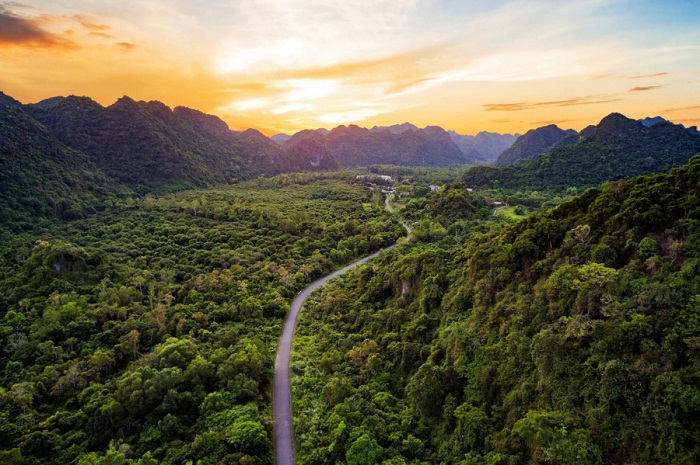
Located on the territory of Tran Chau commune, on Cat Ba island, Cat Hai district, 60 km from downtown Hai Phong, Cat Ba National Park was recognized by UNESCO as a reserve World Biosphere in 2004.
Cat Ba Park is considered one of the places with the greatest biodiversity in Vietnam, converging many different ecosystems like mangroves, limestone forests, marine forests with coral reefs, etc. With an area of 15,000 hectares, the Cat Ba Biosphere Reserve is an ideal natural habitat for more than 282 species of animals living in the forest, 538 species of animals living on the seabed, and 177 different species of corals.
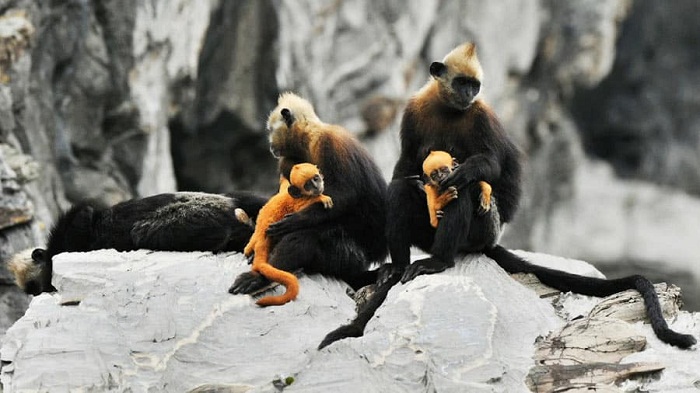
The park also attracts tourists because of its historical value. The archaeological remains found indicate the appearance of humans 6,000 to 7,000 years ago. Forest ecotourism activities, exploring the bay combined with diving to contemplate coral reefs, community tourism, and discovering the life of local fishermen... will bring many interesting experiences to visitors.
Red River Delta Biosphere Reserve (2004)
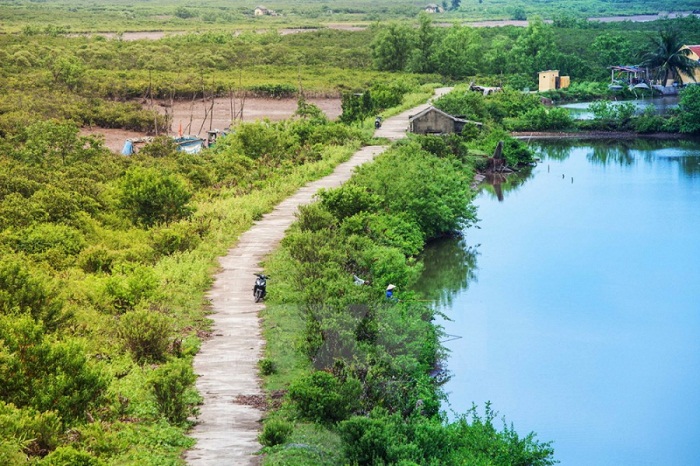
Recognized by UNESCO as a World Biosphere Reserve in 2004, it is a coastal wetland reserve belonging to three provinces of the Red River Delta: Thai Binh, Nam Dinh and Ninh Binh.
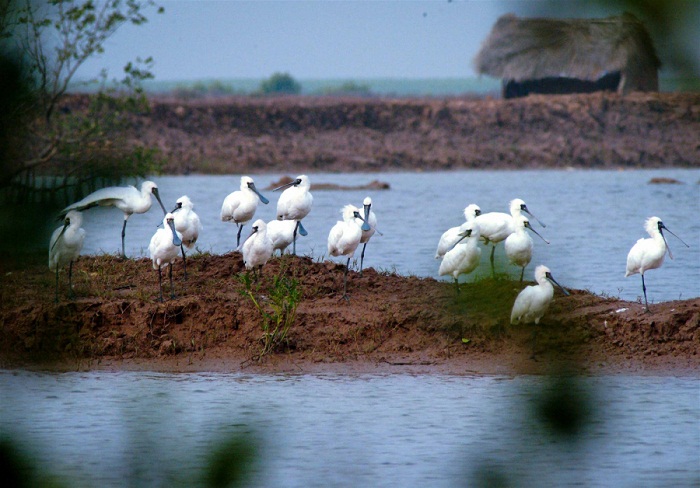
With an area of more than 105,000 hectares, the reserve consists of two core areas: Xuan Thuy National Park and Tien Hai Wetland Nature Reserve. This place preserves rich biodiversity values with around 200 species of birds, including nearly 60 migratory species, and 50 species of water birds, especially rare species like gulls, seagulls, etc. Mangroves are likened to a green wall protecting sea walls and villages from the ravages of violent winds, rising sea levels and even tsunamis.
Kien Giang Biosphere Reserve (2006)
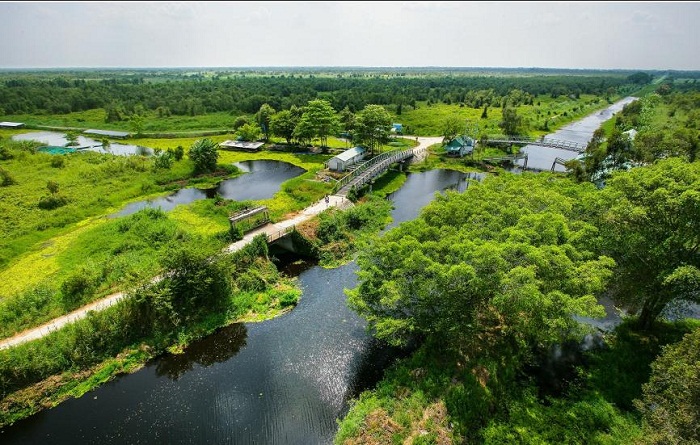
With an area of more than 36,000 hectares of the core area, 172,000 hectares of the buffer zone and 978,000 hectares of the transition zone, it is the largest biosphere reserve in Southeast Asia, recognized in 2006 by UNESCO.
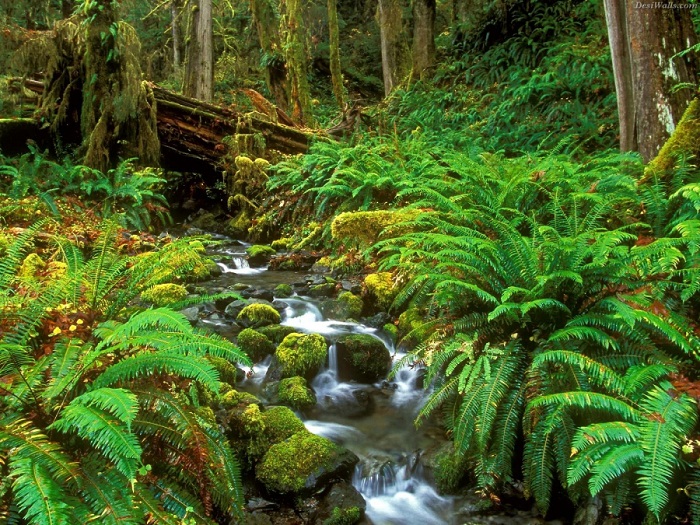
The biosphere contains a rich, diverse and unique landscape and ecology, covering the territory of Phu Quoc, An Minh, Vinh Thuan, Kien Luong and Kien Hai districts. It is home to 1,500 species of vascular plants, 77 species of mammals, 222 species of birds, and 107 species of reptiles and amphibians.
Tay Nghe An Biosphere Reserve (2007)
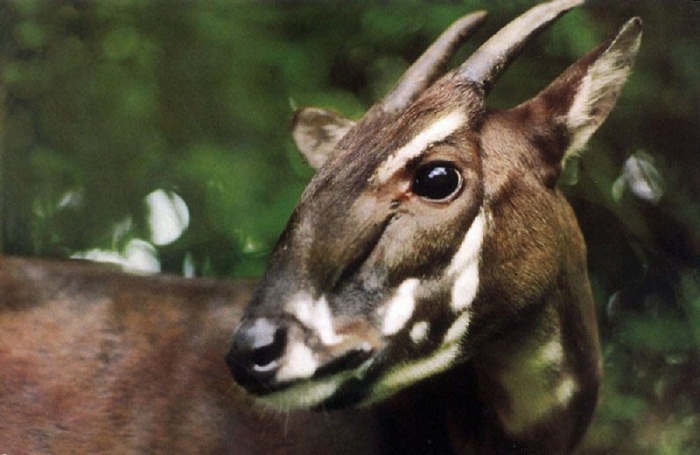
With a total area of 1.3 million hectares spread over 9 districts, the Tay Nghe An biosphere reserve converges rich flora and fauna, and great biodiversity. There are notably 70 species of plants and 80 species of animals listed in the Red Book and endemic species such as populations of saola and wild elephants...
The region is also a “mixed” place of geographical factors with many natural caves and waterfalls, as well as a perennial place of six ethnic groups: Thai, Dan Lai, Kho Mu, O Du, Mong and Kinh. O Du is the least ethnic of Vietnam's 54 ethnic groups and only lives in Nghe An.
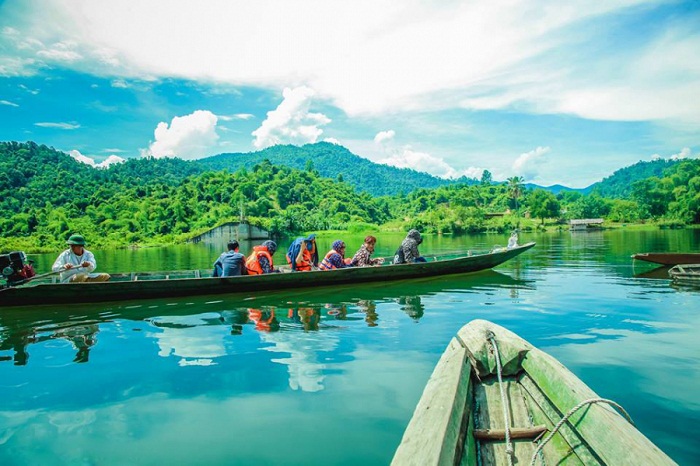
In the biosphere reserve, Pu Mat National Park has, with an area of 94,000 hectares, extremely rich natural resources, and many unique landscapes, including waterfalls, caves, ravine systems, ancient trees and virgin forests... In 2007, the region was officially recognized as a world biosphere reserve.
Mui Ca Mau Biosphere Reserve (2009)
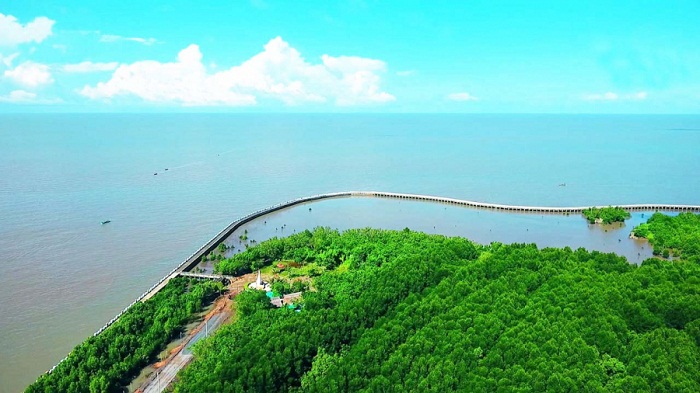
Located about 120 km from Ca Mau city centre and about 400 km from Ho Chi Minh City to the southwest, the reserve has an area of 371 thousand hectares. This place has many typical ecosystems such as mangrove forests, melaleuca on wet bogs, marine ecosystems, etc. All preserve rich biological and geological resources of high conservation value. In 2009, Ca Mau was officially included in the list of world biosphere reserves.
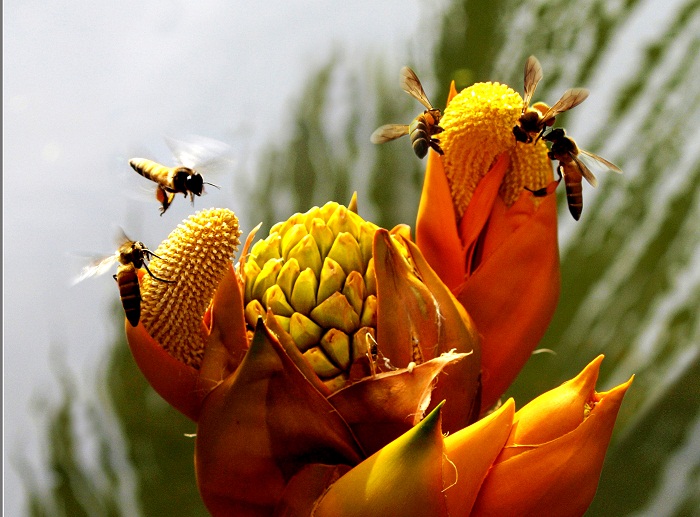
Mui Ca Mau Biosphere Reserve has a diverse population of flora and fauna, with approximately 28 to 32 species of mangroves, 26 species of mammals, 93 species of birds, 43 species of reptiles, 139 species of fish... and many other saltwater species have been recognized and listed in the Red Book of Vietnam and around the world.
Cu Lao Cham Biosphere Reserve (2009)
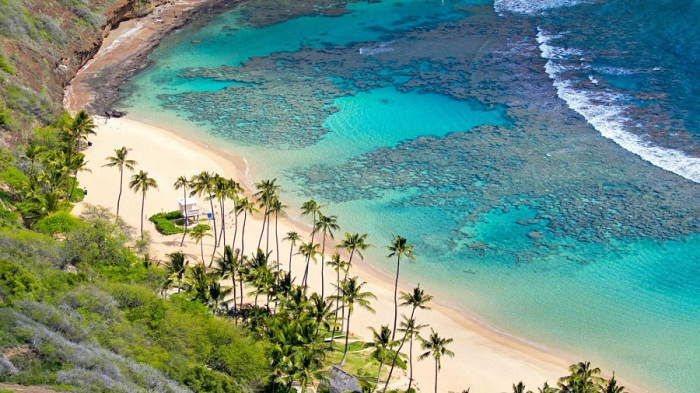
Cu Lao Cham is a group of islands in Tan Hiep Commune, Hoi An, Quang Nam, 15km from Cua Dai Beach. Possessing wild and peaceful beauty, this place becomes an ideal destination for many tourists during their trip to Hoi An ancient town.
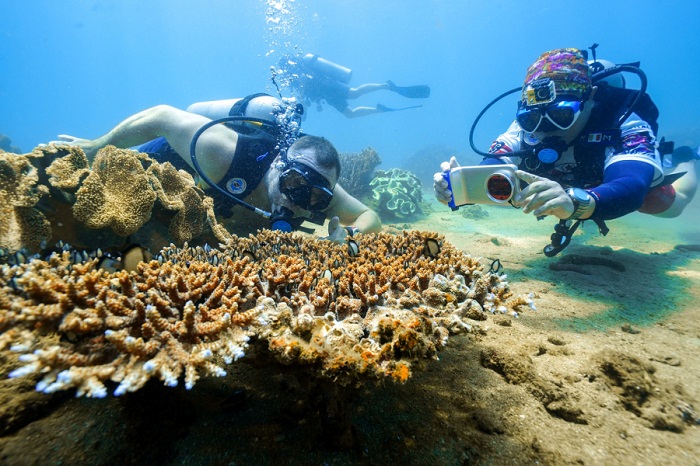
Not only containing the typical cultural and historical treasures, Cu Lao Cham also presents a full range of diverse ecosystems, typical of estuaries, coastal areas and islands. The flora and fauna are quite rich, particularly the habitat of rare swiftlets and many species of wild animals. Under the sea, rapids and coral reefs create a fanciful "aquarium" with hundreds of thousands of species of tropical fish.
With exceptional natural and cultural resource values, Cu Lao Cham was recognized by UNESCO as a World Biosphere Reserve in 2009.
Lang Biang Biosphere Reserve – Dalat (2015)

As the 9th world biosphere reserve recognized by UNESCO in Vietnam (2015), Lang Biang Biosphere Reserve is an attractive destination, especially for those who love the dream and romance of the plateau.
Covering an area of 275 thousand hectares, about 12 km north of Dalat city, the reserve is named after Lang Biang Mountain. The area includes a large virgin forest whose central area is the Bidoup-Nui Ba National Park. In the park, there are 1,923 species of plants, some of which are particularly rare such as fokienia, and red pine, and the orchid family has 297 species. In terms of fauna, there are 422 species in the central area. The park is also one of 221 endemic bird regions in the world.
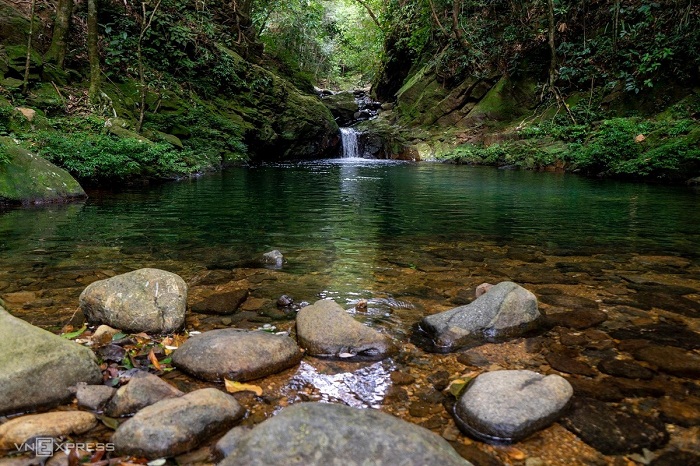
What appeals to tourists, especially adventurous believers, are the two high peaks: Bidoup is the highest peak up to 2,287 m, and Nui Ba peak is 2,167 m. If you are not a professional mountaineer, it will be difficult for you to conquer these two peaks. The path is steep and bumpy, so each tourist group must have a local guide.
Nui Chua Biosphere Reserve - Ninh Thuan (2021)
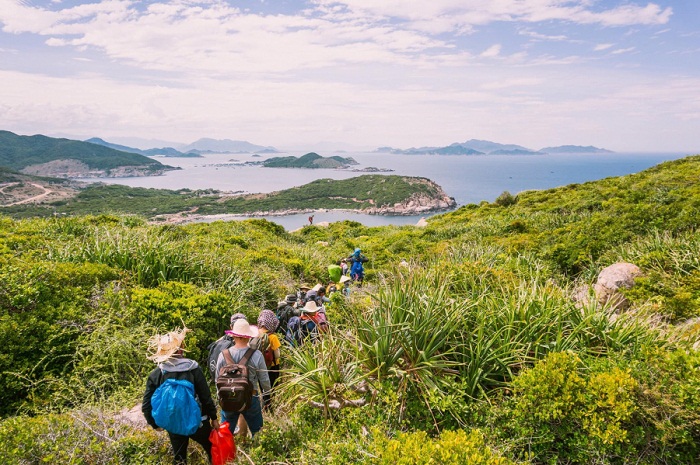
With an area of more than 106,000 hectares, the Nui Chua Biosphere Reserve is the convergence of the three spaces of forest, sea and semi-desert. It includes 1,511 species of plants and 765 species of animals, including many rare species such as the black-tailed langur, the red chicken… In addition, the sea in the region has more than 350 different species of corals. It is also the place where sea turtles come to breed.
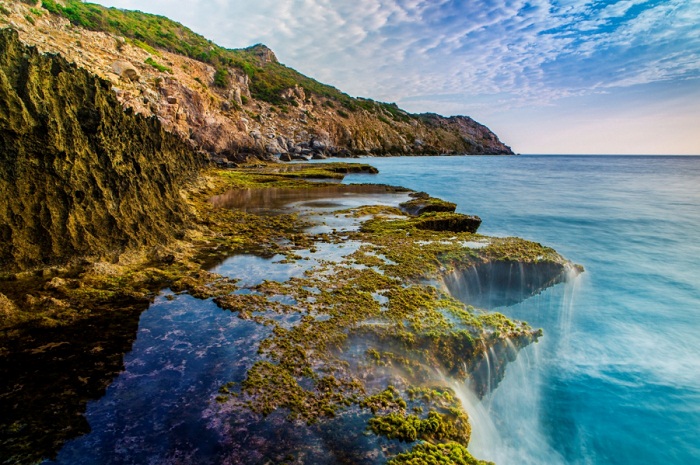
Nui Chua National Park, the core area of the reserve, experiences the harshest climate in Vietnam, with hot weather all year round. The reserve is considered the only sample of the dry forest ecosystem typical of Vietnam and Southeast Asia. On September 15, Nui Chua was recognized by UNESCO as the World Biosphere Reserve in Vietnam.
Kon Ha Nung Biosphere Reserve – Gia Lai (2021)
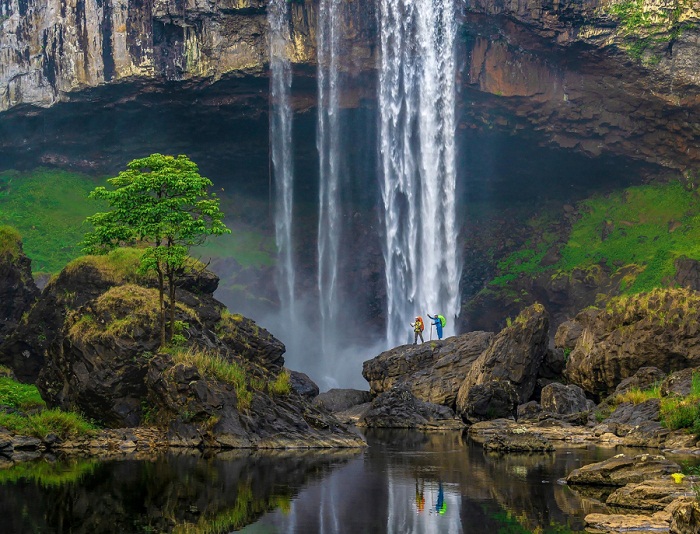
Kon Ha Nung Biosphere Reserve in Gia Lai Province, with an area of 413,000 hectares, represents the forest ecosystem of the central highlands with a rich flora and fauna system, many rare species and large economic values. This place basically preserves the ecological system characterized by dense tropical forests with deciduous, coniferous, sparse coniferous forests, shrubs, grasslands, etc., with high biodiversity.
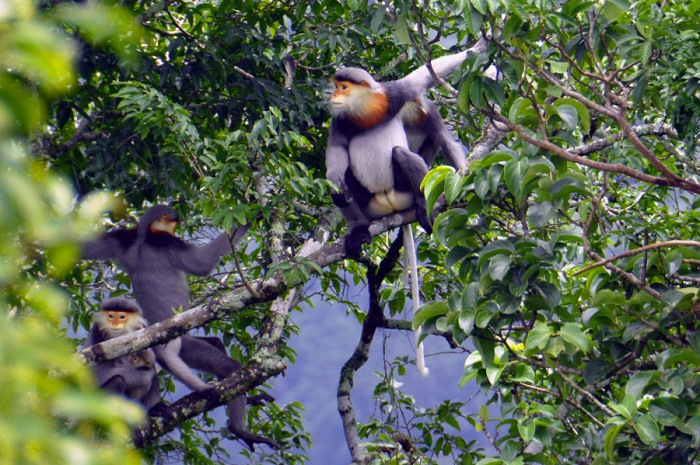
With majestic and poetic landscapes and diverse ecosystems, Kon Ha Nung is one of the attractive ecotourism destinations for tourists to visit, relax and research. Along with Nui Chua, Kon Ha Nung was recognized by UNESCO as a World Biosphere Reserve on September 15.
Related articles:
>> Sustainable and solidarity travel in Vietnam
>> Where to go to Vietnam in winter? 6 best ideas
>> Non Nuoc Cao Bang Geological Park, 2nd world geopark in Vietnam
>> Adventure Vietnam: Top 7 most adventurous zip lines in Vietnam
 Español
Español Français
Français







.jpg)
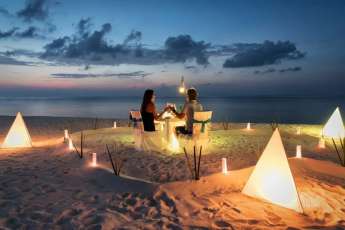
.jpg)
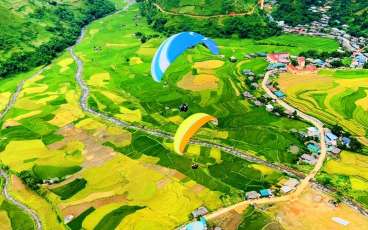
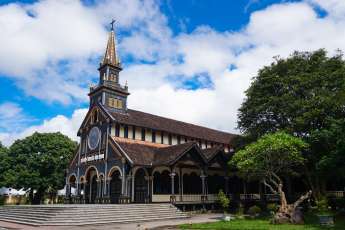
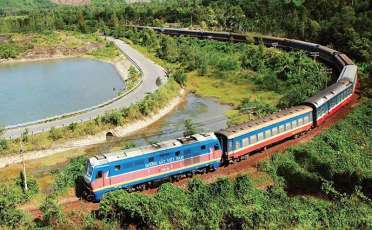







Morgane Ter Cock
on Dec 18, 2025HerbertPhomaMS
on Oct 19, 2025Lilyan Cuttler
on Oct 15, 2025Avenue17XC
on Sep 14, 2025Avenue18JL
on Jul 21, 2025